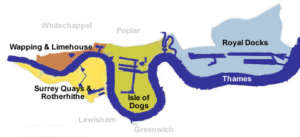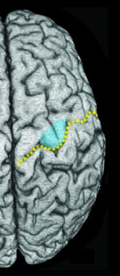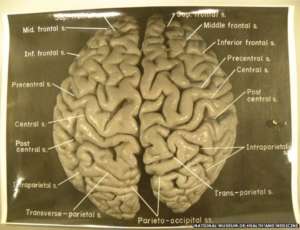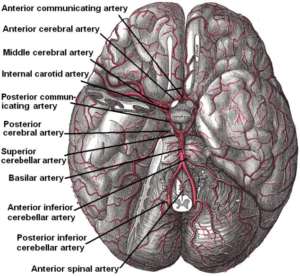Brain Anatomy – how to learn it & 3 Key Facts
This post is for the many professionals who visit our site, as well as potential clients.
Learning about the brain was never going to be easy. The most complex structure in the universe was always going to be hard to get your head around. But it is extra complicated because it’s like learning a new language. People have been studying the brain since ancient Greece.
When looking at brain anatomy, the terms are often Greek. Or Latin. Or a combination of both. We are not all Classics scholar like Boris Johnson. If we were, we would immediately appreciate that ‘neo cortex’ was a hybrid. A mixture of Greek ‘neo’ = ‘new’ and Latin ‘cortex’ = ‘bark’. So the top part of the brain, the ‘neo-cortex’ means ‘new bark’.
Like the bark of a tree, and thought to be a ‘new’ part of the brain. This is a single example of the linguistic complexity that brain study demands.
We talk about the brain on a daily basis. But talking about it is one thing, visualising it is another.
This is where Dr Paul Johns comes in. He teaches a Human Brain Anatomy course in London once a year. He’s a Consultant Neuropathologist at a London teaching hospital. He has an impressive list of letters after his name: BSc BM MSc FAcadMEd FRSB FRCPath. He has a gift for teaching. Using visual imagery and skilful use of repetition to improve learning.
It’s not a course designed for laymen/women. It’s advertised for students in medicine and biomedical sciences, neuroscience and psychology. And junior doctors in neurology, psychiatry and neurosurgery. I went on his ‘Human Brain Anatomy’ Course last week, and can recommend it for those serious about the subject. There were people from around the world in attendance.
It goes beyond anatomy, it covers functional understanding of key parts of the brain too. I learned lots, but wanted to share the 3 most memorable things I took away:
1. Brains are like faces
All faces have 2 eyes, 2 ears, a nose and a mouth. Yet they are all different. Brains are the same, they all have the same basic structure but the details are different.
2. The hand control area of the motor cortex is an upside-down omega sign, or the river Thames going round the Isle of Dogs, as in the East Enders credits.



This area has grown as our hands have developed their sophisticated movement abilities.
We can bring these two ideas together. Every face is different, so for example I’ve got a big nose. Every brain is different, so for example Einstein’s left-hand motor control area was enormous!



We believe this is because he played the violin.
The third thing didn’t come to me until the last day, in the dissection room. We went in to a room as big as two tennis courts, with 38 metal tables. On each table was a bucket. Each bucket was labelled ‘full brain’, ‘half brain’ or ‘limbic brain section’. And the contents of the bucket had been put on a metal tray for us to look at, lift, up, handle, inspect.
So the third thing I learned was that
the arteries within the brain are about as wide as a pencil lead
which somehow surprised me. I thought they would be bigger. They looked quite fragile. Especially since although the brain makes up only 2% of our body mass, it takes 20% of the blood supply. 
So keep an eye on your blood pressure, readers, as these arteries are important.
And If you want to check out Dr John’s course, here is his website: httpss://www.neurocourses.com/
Stuart Black, August 2019